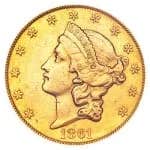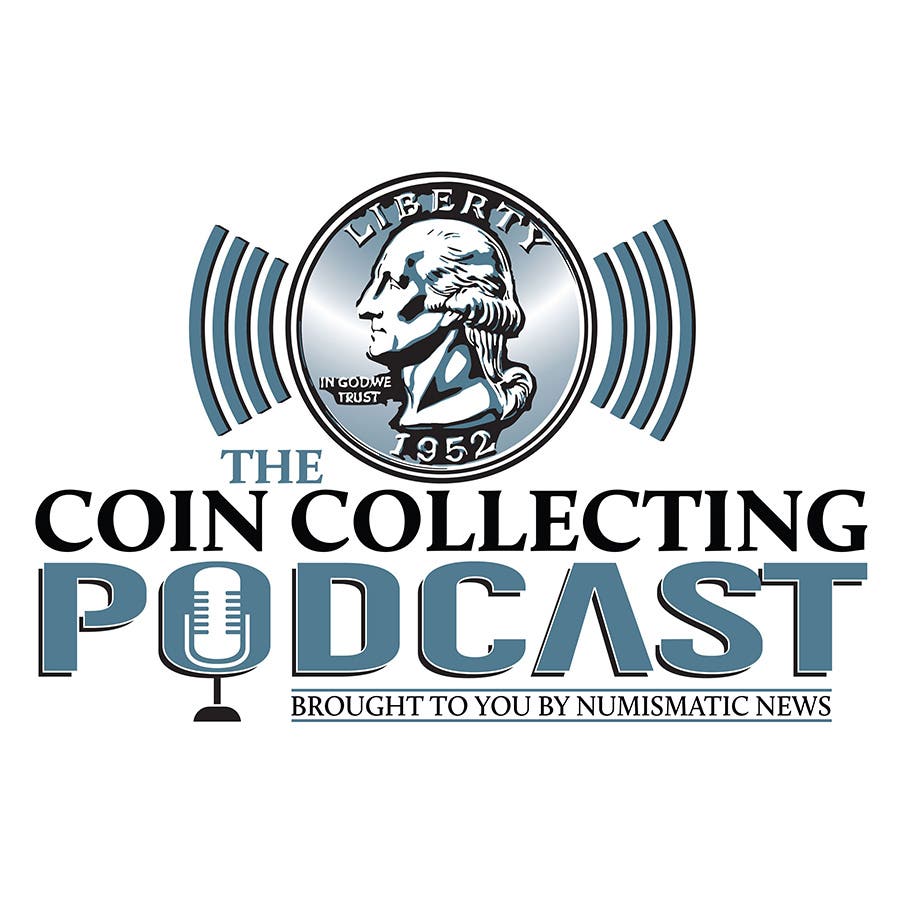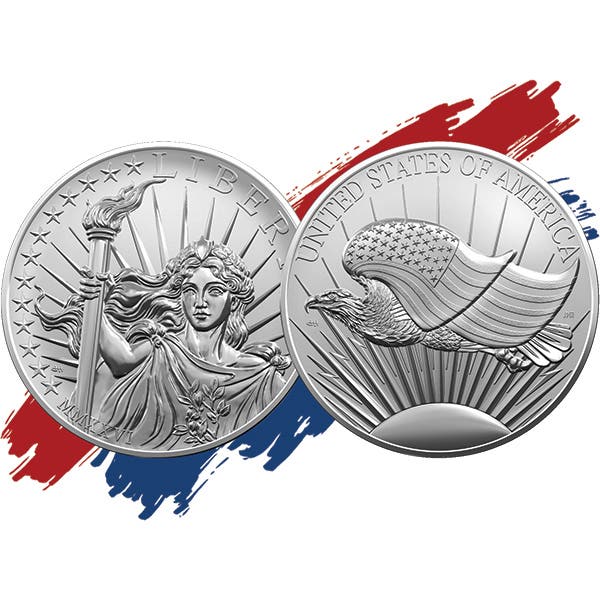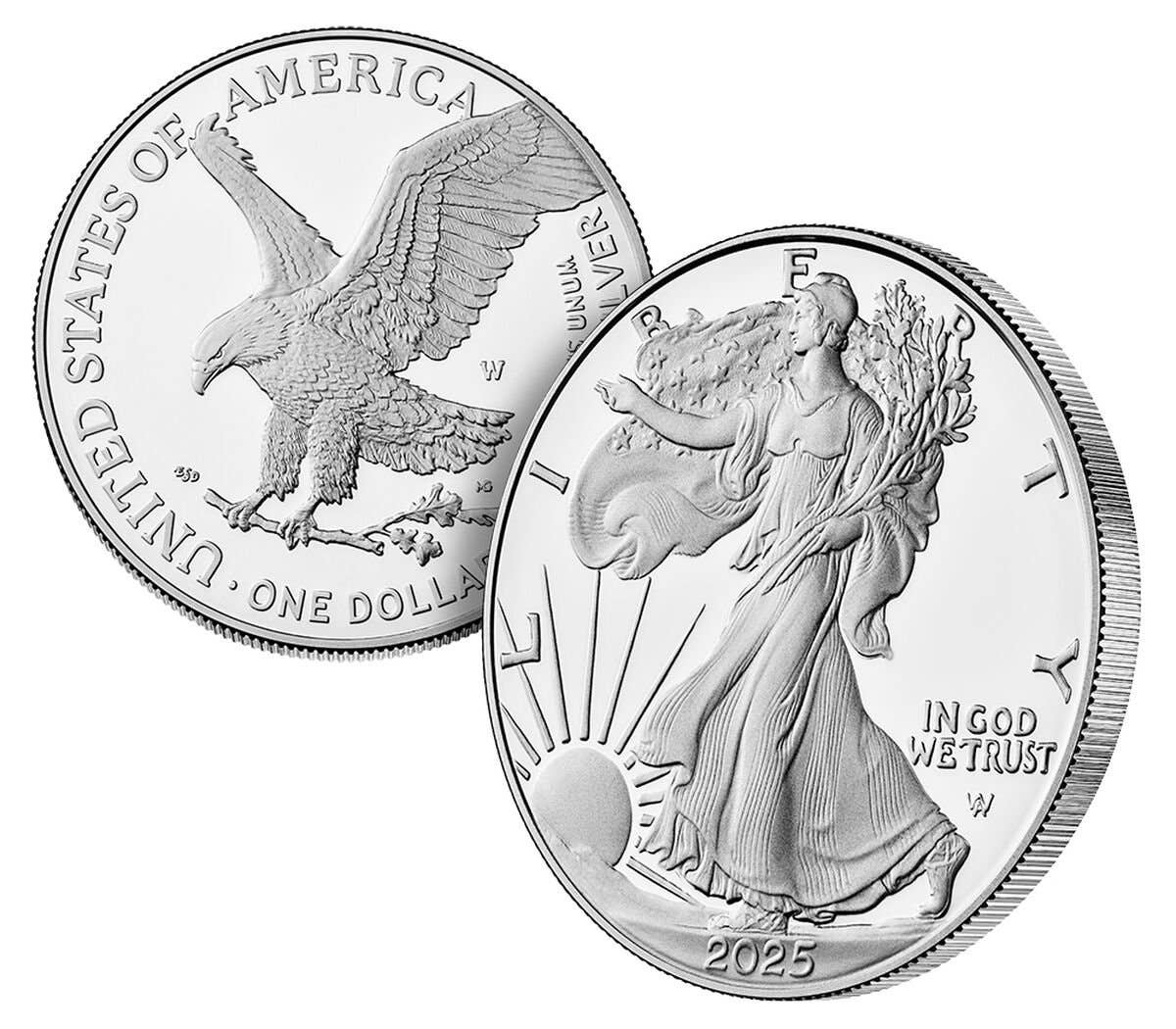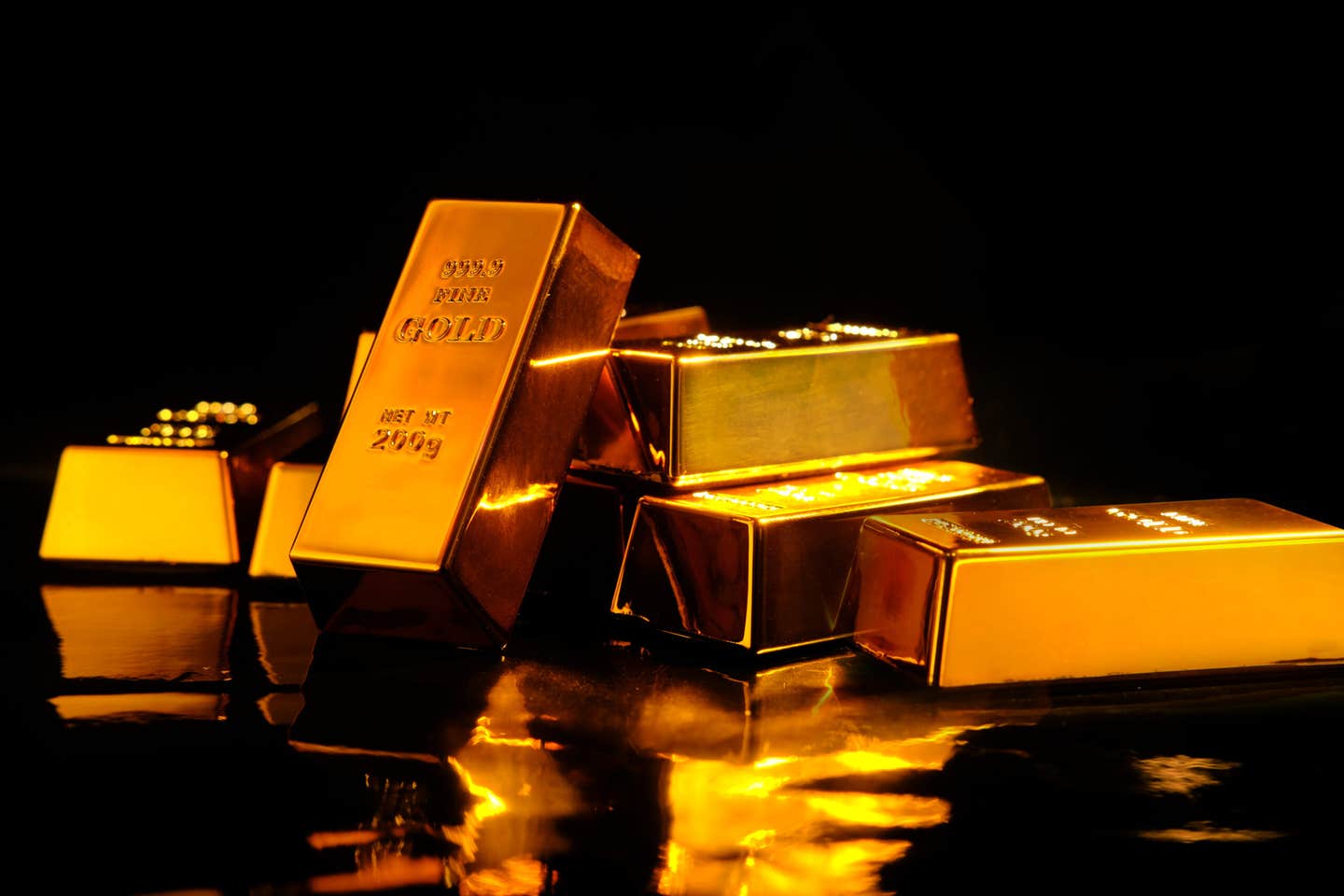CoinClinic: Identifying Figures on Vignettes
Readers ask about legendary collectors, learning to grade, the identities behind MPC portraits, and whether a “forever coin” has ever existed in U.S. or world history.
Is there one particular collector who stands out as being the greatest collector of all time?
Choosing such a person would be challenging. First, you would need to set the criteria by which that person would be chosen. A cent collector would likely accumulate more coins than would a person seeking coins of greater face value. Coin collecting has been around since the time of the ancient Romans, likely even earlier. For that reason, this is an interesting question, but there is no simple answer.
What is the best way to learn to grade coins?
I don’t think the auction house appreciated it, but years ago, I knew someone who would join those previewing auction lots, he having no intention of bidding. Hands-on experience is likely the best suggestion. The way this individual did it is not recommended. The more opportunities you have to study coins in person, the better. Having said that, consider attending the excellent seminars offered by the American Numismatic Association and others. There are also excellent books from which you can learn to recognize the high points of wear.
The women who were models for some coins have been identified. Do we know the name of the woman appearing in the vignette on $5 note in the Series 641 Military Payment Certificates?
The Series 641 Military Payment Certificate $5 note has been nicknamed the Medusa due to the hairstyle of the woman appearing on its front. Series 641 MPCs were issued by troops overseas between August 1965 and October 1968 during the Vietnam War. The notes were withdrawn, as they were designed to be, on short notice. The actual name of the woman appearing on the $5 note is Laura; her surname is not known. It is her hairstyle that earned the notes the nickname Medusa.
There are other women who appear on different Military Payment Certificates. Do we know any of their names?
The only other woman whose name is known who appears on MPCs, to my knowledge, is Anne Izard. Charles A. Brooks engraved a vignette titled “Miss Ann Izzard” that appears on the Series 591 MPC. Series 591 MPCs were used to pay military personnel overseas from the period immediately following World War II until the time of the Vietnam War.
The post office issues “forever” stamps that, despite having no denomination, can be used as postage regardless of any price increase in stamps. Has anyone ever considered a “forever” coin?
Actually, what you could call a forever coin has been used in Europe and Asia in the past. During the later period of the now-defunct Soviet Union, Moscow transit tokens were used as a fixed-value monetary item. Regardless of increases in the price of fares, a token you carried still vended as a ride. Several European countries have used telephone tokens in the same way. In 1993, Tatarstan used both bread and petrol tokens that fixed the price for either of these commodities.
Has there ever been a fixed-value “forever” token issued by the United States?
The United States has never issued anything that remains at the same value for a good or service; however, some cities have issued transportation tokens that may have served the same purpose. None of these locally issued transportation tokens was intentionally issued for this purpose, but due to inflationary pressures, they may have served as such.
E-mail inquiries only. Do not send letters in the mail. Send to Giedroyc@Bright.net. Because of space limitations, we are unable to publish all questions.
Final thoughts
We live in a world in which payments are increasingly being made using various electronic means rather than using physical cash. It is unlikely we will ever become a truly cashless society; however, this diminishing use of coins and bank notes raises the question of the future of coin collecting. No one really knows just how many people collect coins (or bank notes). The number of closet collectors will never be known, while there is little data with which to measure collectors who are socially oriented. Two good efforts to measure coin collectors have been published recently. Strategic Market Research published its report in July based on the coin-collecting market in 2024. Wise Guy Reports (yes, that’s really their name!) published its Global Coin Collecting Market Research Report on Oct. 19. Both reports are optimistic. SMR expects a compounding annual growth rate of 8.3%, projecting the market to reach $16.2 billion by 2030. The SMR report indicates digital tools and online communities are helping younger generations enter coin collecting. WGR expects a growth rate in coin collecting of 5.5% between 2025 and 2035, valuing the market at $8.5 billion by 2035.
One of the most interesting aspects of these two studies is that they agree that the business end of coin collecting needs to invest in Blockchain Technology for Provenance Tracking. SMR wrote: “Special edition physical representations of digital coins are becoming collector’s items in their own right, merging the world of traditional coin collecting with modern-day digital currencies. This trend has created a hybrid market where physical and digital assets coexist.” Both agree on this observation as well. Both reports expect further expansion of what will be out there for coin collectors to collect.
You may also like:

